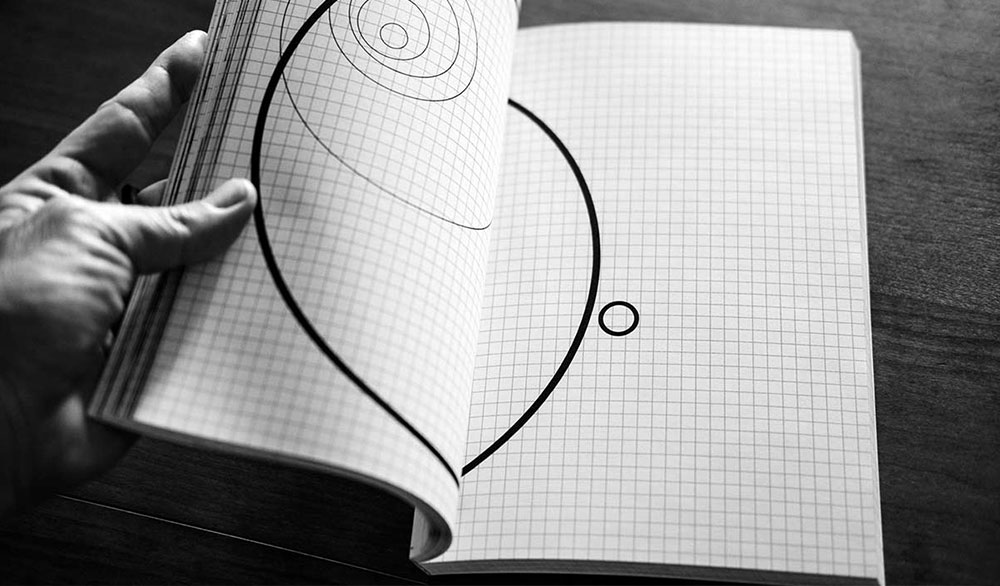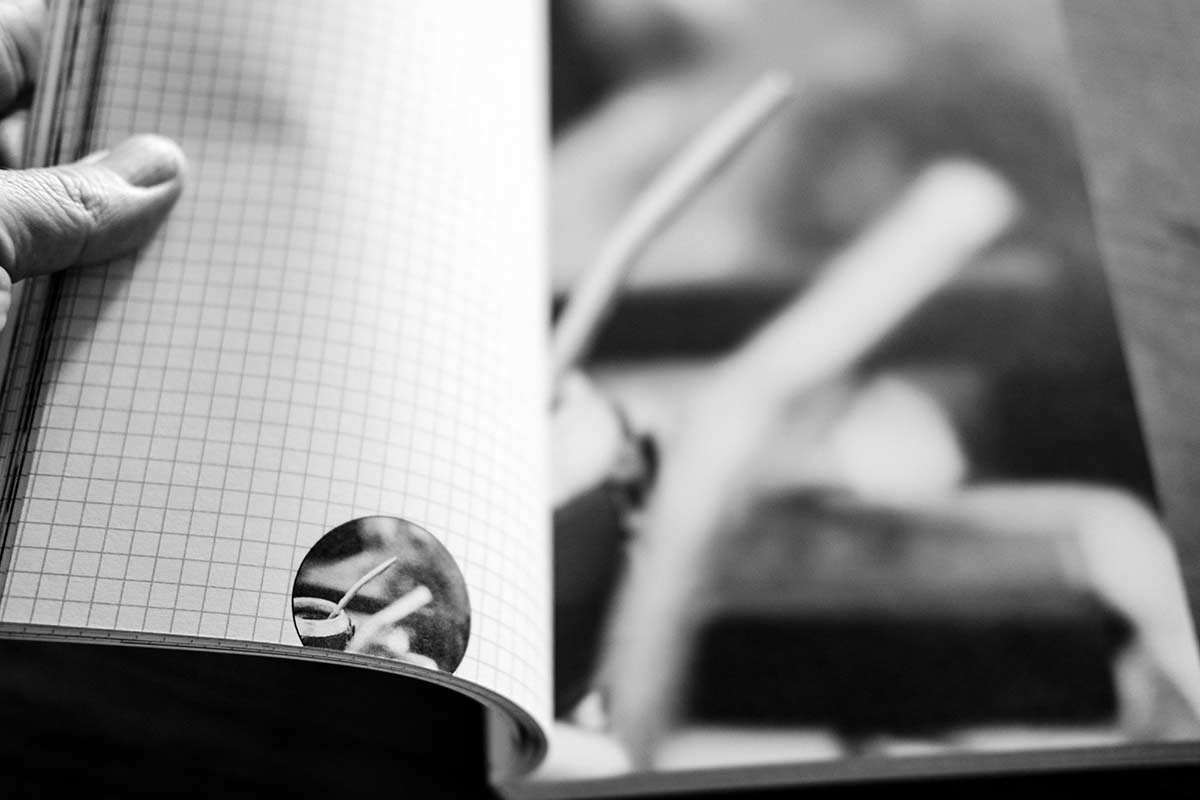Journaling for creative confidence
It doesn’t matter what your journal looks like. It does not have to be perfect. And nobody else is going to see it. Whew. Isn’t that liberating? In 1993, I found a book about the amazing photographer and diarist, Peter Beard, in the Phoenix Public Library, and I’ve been hooked on journaling ever since. The best thing is that as well as being fun and, at times, therapeutic, keeping a journal is the near-perfect key to bookmaking success.
Throughout my time at Blurb, I’ve been approached by thousands of excited book-makers, some displaying complete creative confidence and others with a more anxious creative energy. With the first group, I just get out of the way and try not to get trampled. If you fall into this category then by all means, proceed accordingly. But if you fall into the latter category, please allow me to assist in your journey by introducing you to the journal. Often times the novice book-maker or the slightly unsure book-maker tends to apply tremendous pressure on themselves, even when making their very first book. I hear things like, “Well, I’ve never done this before, but I’m hoping it’s going to be perfect.”
In my mind, that’s like saying, “Well, I’ve never played tennis before, but I’m hoping to make the Wimbledon final.” Highly unlikely. Creative bookmaking should be fun, not nerve-wracking. That’s why I recommend starting with a journal.

Journals are pure. Just you, your thoughts, your artistic notions, and those quiet, blank pages ready for you to fill. Your journal is a safe zone, there for you to be as honest, funny, serious, or confused as you like. The journal doesn’t judge. It’s your best friend during a down time and your crazy friend Eddie when you feel like letting loose. It’s always there. Right there, inside your trusty backpack, satchel, or camera bag. Lastly, your journal is the ultimate testing ground for your book-making dreams. There is no right and wrong with journaling. It is impossible to make a mistake! Where else does this apply in society today? Taxes? No. School? No. Family reunions? No. Journals are the only mistake-free zone.
Get Started
So how does one get started, and how do you make the first journal to book steps? Easy, start now. Like, right this second. I can almost guarantee you that you already own a journal, even if you don’t know it. Somewhere in your home or office is a notepad. Nothing fancy, nothing special. Maybe it’s one of those black and white, speckled over composition books you can find at the grocery or the drug store. Or perhaps you have a yellow legal pad? Anything will work. As for your pen, pencil, crayon, or art device, it also doesn’t matter. I use a fountain pen, but not because they are suddenly popular again. I use a fountain pen because my handwriting is so bad I can’t read it unless I use a fountain pen, which slows me down considerably. Now, write down the first thing that comes into your mind. Don’t think about it, just write. Hey friend, you’re journaling.
Next, write down the first thing you hear someone else say. It could be on the radio, on the television, via your mobile phone, or maybe on the podcast you are listening to. Just write down the dialogue. Okay, let’s move on. Draw the most interesting object you see in front of you. Can’t draw? Me neither, but it does not matter. Nobody is going to see this journal, just you. Draw. Try again. How is that page looking now? Now write over the top of the drawing you just made. I know, I know, against the rules but did I mention there are no rules? I could stop here, but I won’t. Have any glue? Tape? Scissors? Photographs? You see where I’m going. You can begin using the journal as a lo-fi bookmaking map, experimenting with copy, image placement, image size, etc.

Create Your Space
Now I’m going to throw you one final twist. Stay with me here. Why not make a custom journal as a guide for your Blurb book? I know what you are thinking. Milnor, you lost me and you probably lost yourself. Nope, not quite yet. Because I’ve already done it and you are already looking at it. These images show a Blurb, 6×9, softcover, trade book journal that I made so that I could test out a few things. Now I will use this as both a journal and as a roadmap for using some of these techniques in my upcoming photo book. I also believe there is a magazine living on these pages. All I need to do now is keep experimenting.
Let me recap by saying that journaling is a permission slip for unbridled creative thinking, something that is essential in the book-making process. Sometimes when a journal page feels ever so right, it’s impossible not to feel like sharing it, while other times, the pages are best kept for you and you alone. Either way, start now, take chances, have fun, and remember, there is no right and wrong.
Take the first step. Create your own journal to kick off your bookmaking journey. What are you waiting for?

